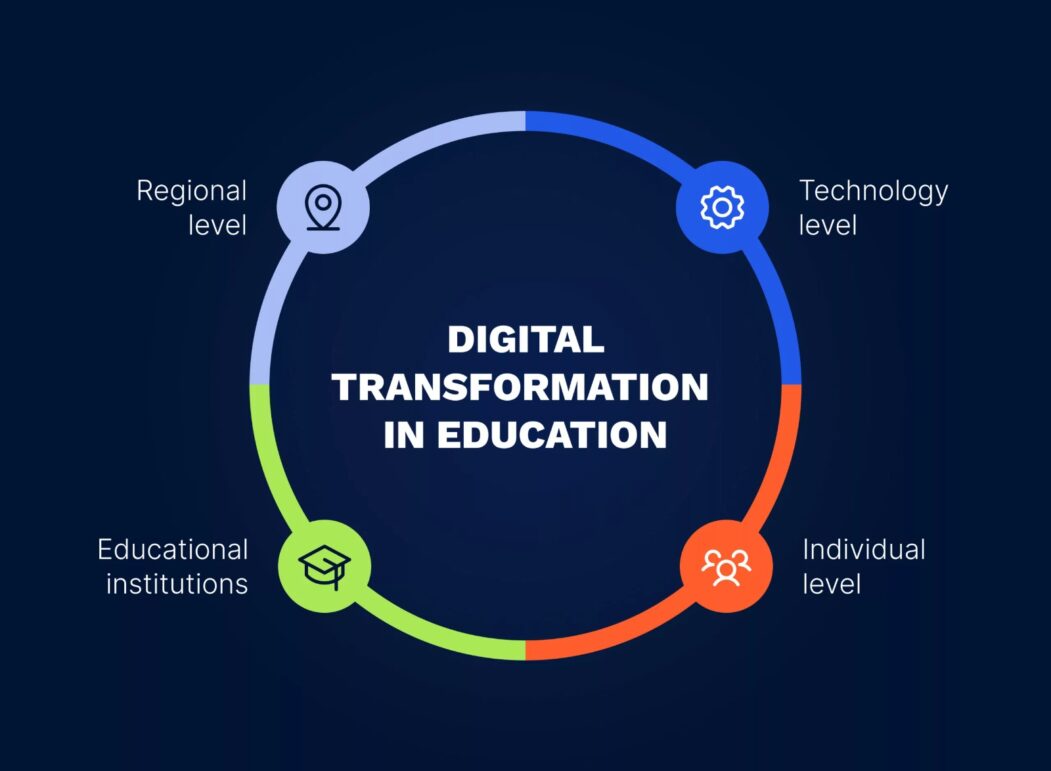In an era of digital innovation, the education sector is rapidly evolving, and one area where significant transformation is taking place is attendance tracking. The adoption of online attendance management system and attendance management software is revolutionizing how educational institutions monitor and manage student attendance. In this article, we will explore the impact of digital transformation on attendance tracking in education.
The Traditional Challenges of Attendance Tracking
Traditionally, attendance tracking in educational institutions relied on manual processes, such as taking roll call in classrooms, recording attendance on paper, and manually updating records. This approach presented several challenges:
1. Time-Consuming and Error-Prone
Manual attendance tracking was time-consuming and prone to errors. Educators had to dedicate valuable classroom time to record attendance, and mistakes in recording were not uncommon.
2. Lack of Real-Time Data
With manual tracking, it was challenging to access real-time attendance data. This limited the ability of educators and administrators to identify and address attendance issues promptly.
3. Limited Accountability
Paper-based attendance systems often lacked accountability. There was no easy way to verify the accuracy of attendance records, making it difficult to address discrepancies.
The Rise of Online Attendance Management Systems
The digital transformation of attendance tracking has brought about significant improvements in efficiency, accuracy, and accountability.
1. Streamlined Attendance Recording
Online attendance management systems have streamlined the attendance recording process. Educators can easily record attendance electronically, saving valuable instructional time and reducing the risk of errors.
2. Real-Time Data Access
One of the key benefits of online systems is the availability of real-time attendance data. Educators and administrators can access up-to-date attendance information, allowing for timely intervention when attendance issues arise.
3. Enhanced Accountability
Online systems offer enhanced accountability. Every attendance entry is time-stamped and recorded, making it easier to track and verify attendance records. This transparency fosters trust in the accuracy of the data.
The Role of Attendance Management Software
Attendance management software is a critical component of online attendance systems, offering a range of features and benefits.
1. Automated Notifications
Software can send automated notifications to students and parents when attendance discrepancies are detected, promoting better communication and accountability.
2. Data Analysis
Attendance management software can analyze attendance data to identify trends and patterns. This analysis can help institutions develop strategies to improve attendance and student engagement.
3. Integration with Other Systems
Many attendance management software solutions can integrate with other school management systems, such as student information systems, making it easier to access comprehensive student data in one place.
Real-World Impact
The digital transformation of attendance tracking is not just theoretical; it is having a real-world impact on educational institutions.
Case Study: Maple High School
Maple High School, a large urban high school, implemented an online attendance management system with attendance management software. The results were impressive. The school saw a 15% increase in overall attendance rates within the first year of implementation. Automated notifications to parents and students helped improve communication and accountability.
Conclusion: A Brighter Future for Attendance Tracking
The digital transformation of attendance tracking in education is revolutionizing the way institutions monitor and manage student attendance. Online attendance management systems and attendance management software are streamlining processes, providing real-time data access, and enhancing accountability.
As technology continues to advance, the future of attendance tracking looks promising. Educational institutions that embrace these digital solutions not only improve attendance rates but also gain valuable insights into student behavior and engagement. The impact of this transformation extends beyond attendance tracking; it contributes to a more efficient and effective educational experience for students, educators, and administrators alike.




